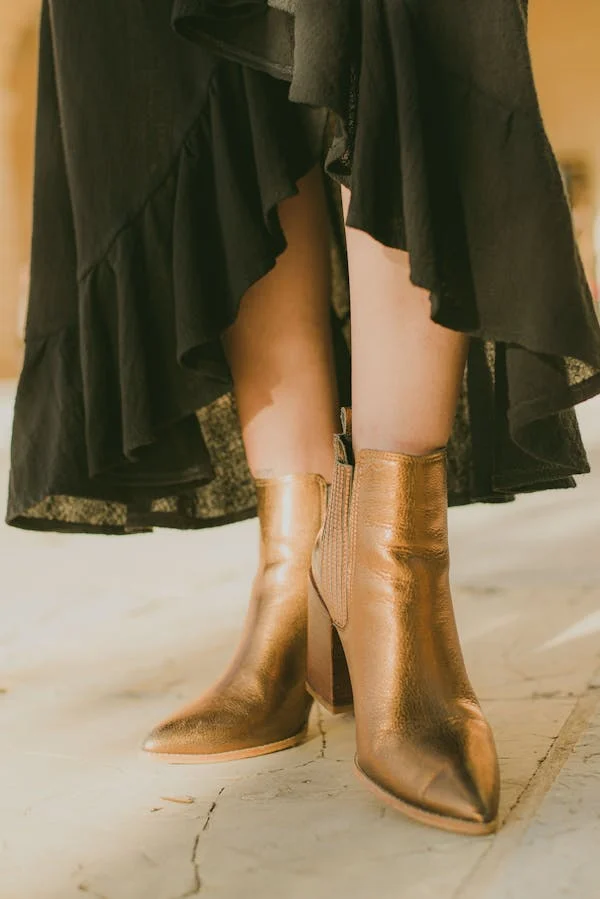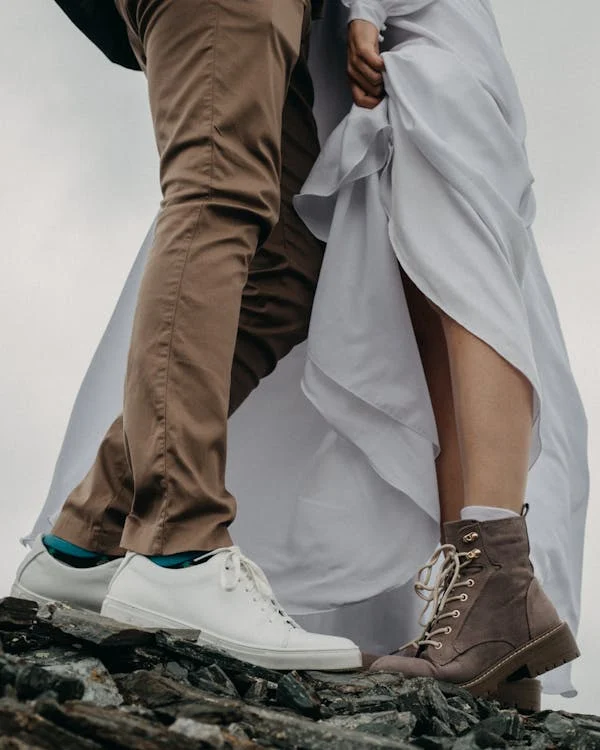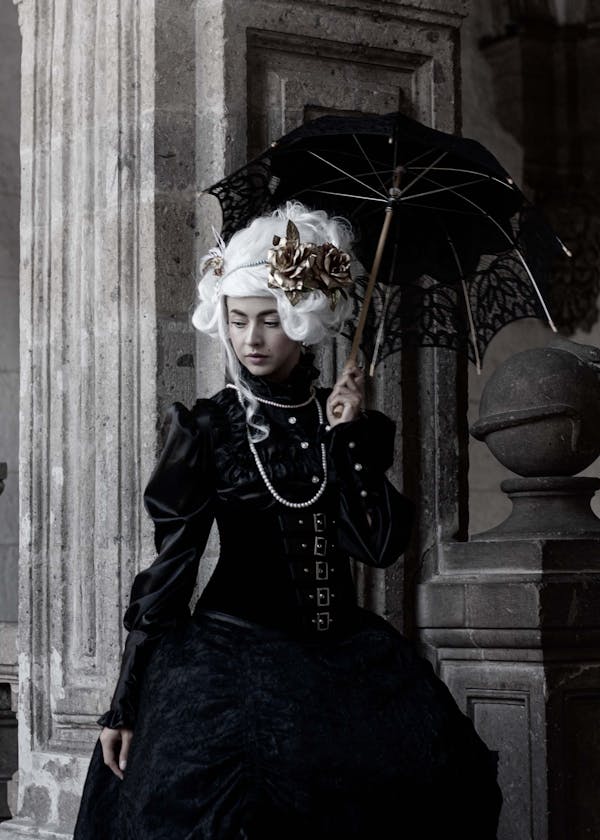
Best Women’s Fashion During the Renaissance New Brand Review 2024
 Abdur Rahim
Abdur Rahim- 0
- 113
Women’s Fashion During the Renaissance spanning from the 14th to the 17th century, was a period of cultural rebirth in Europe that had a profound impact on art, philosophy, and fashion. Women’s fashion during the Renaissance was characterized by elaborate designs, luxurious fabrics, and strict social rules that reflected one’s status and identity. In this guide, we explore the key elements of Renaissance women’s fashion and its evolution across the period.
Table of Contents
Toggle1. Luxurious Fabrics: A Symbol of Status
Fabrics were a direct indication of a woman’s social standing during the Renaissance. Wealthy women displayed their status by wearing garments made from the finest materials such as silk, velvet, brocade, and satin. The use of expensive dyes, such as deep reds, purples, and blues, also indicated nobility and wealth.
Popular Fabrics in Renaissance Fashion:
- Silk: Imported from the East, silk was a prized fabric, especially among the upper class.
- Velvet: Known for its rich texture, velvet was often used in gowns and accessories.
- Brocade: Woven with intricate patterns and metallic threads, brocade added depth and grandeur to garments.
2. Gowns and Layering: The Foundation of Renaissance Fashion

Women’s fashion during the Renaissance was centered around the gown, which consisted of several layers. These layers were not only decorative but also served practical purposes such as warmth and modesty. The gowns were designed to create a structured and voluminous look.
Key Components of Renaissance Gowns:
- Chemise (or Smock): The base layer, typically made of linen, was worn next to the skin.
- Kirtle: A fitted underdress often worn over the chemise, providing structure.
- Gown: The outermost layer, featuring elaborate designs, often made from luxurious fabrics. The gown could be opened at the front to reveal the kirtle underneath.
- Partlet: A separate garment covering the neck and shoulders, often made of lace or silk.
3. Bodices and Corsetry: The Ideal Silhouette
The silhouette of Renaissance women’s fashion emphasized a structured, elongated torso. To achieve this, bodices were tight-fitting and often reinforced with stays (an early form of the corset). The goal was to create a high, rounded bust and a narrow waist, contributing to an elegant figure.
Features of Renaissance Bodices:
- Square Necklines: Exposed the neck and shoulders, which were considered attractive features.
- Boned Corsets: Provided structure and support, helping to mold the body into the desired shape.
- Stomacher: A decorative panel that covered the front of the bodice, often highly embroidered or bejeweled.
4. Sleeves: A Statement of Style
Sleeves during the Renaissance were an important fashion statement and were often detachable. Women of the upper class would showcase their wealth through sleeves adorned with jewels, embroidery, and lace.
Sleeve Styles:
- Puffed Sleeves: Full and voluminous, often padded or lined with fur.
- Slashed Sleeves: Featured cuts or slits to reveal the fabric of the chemise beneath.
- Detachable Sleeves: Allowed for versatility, with different sets of sleeves worn with the same gown.
5. Headwear and Hairstyles: Framing the Face
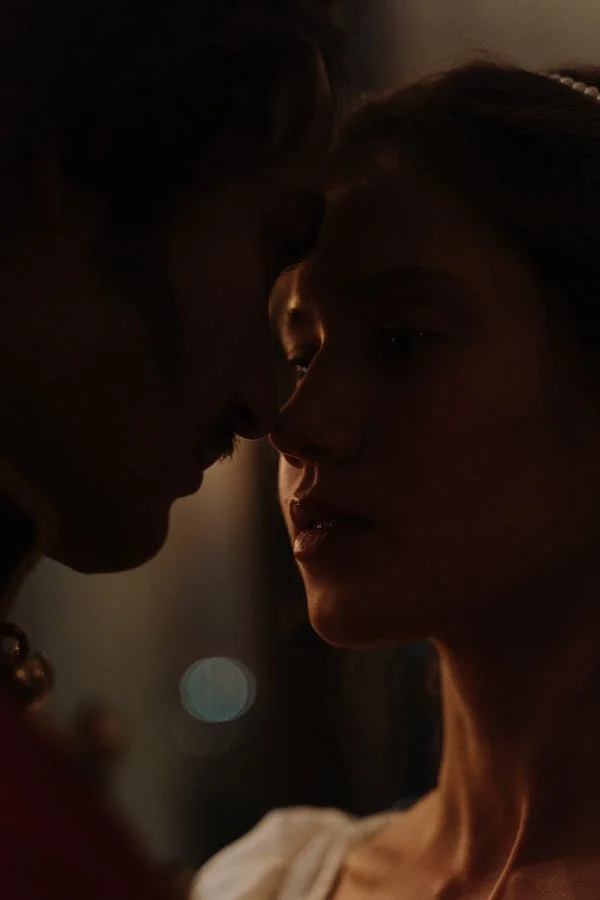
Headwear and hairstyles were vital elements of Renaissance fashion. Married women were expected to cover their hair, while younger, unmarried women often displayed their hair in more elaborate styles. Fashionable headpieces varied by region but were always ornate and richly decorated.
Popular Renaissance Headwear:
- Hennin: A tall, pointed hat popular in France, often associated with noblewomen.
- French Hood: A crescent-shaped headdress that framed the face and covered the hair, adorned with jewels and lace.
- Caul: A netted or jeweled cap worn over styled hair.
- Veils: Worn by women of all ages, often attached to caps or hoods for a formal and elegant look.
6. Jewelry: Ornate and Symbolic
Jewelry was not only a means of personal adornment but also a symbol of wealth and power. Necklaces, brooches, and rings were often set with precious stones and crafted from gold and silver. Pearls were especially popular during the Renaissance, symbolizing purity and status.
Common Jewelry Items:
- Pearl Necklaces: Frequently worn by women of nobility as a symbol of status.
- Brooches: Worn to fasten cloaks or gowns, often set with gemstones.
- Rings: Frequently adorned with rubies, sapphires, and emeralds, showcasing a woman’s wealth and family heritage.
7. Footwear: Practicality and Elegance
Footwear during the Renaissance was relatively simple compared to the rest of women’s attire. Shoes were typically flat and made from leather or velvet, often embroidered with patterns or embellished with small jewels.
Footwear Styles:
- Flat Shoes: Rounded-toe shoes made of soft leather or fabric.
- Chopines: High platform shoes, popular in Venice, worn to increase height and keep long gowns from touching the ground.
- Slippers: Embroidered and embellished with jewels, worn by noblewomen indoors.
8. Regional Variations in Renaissance Fashion
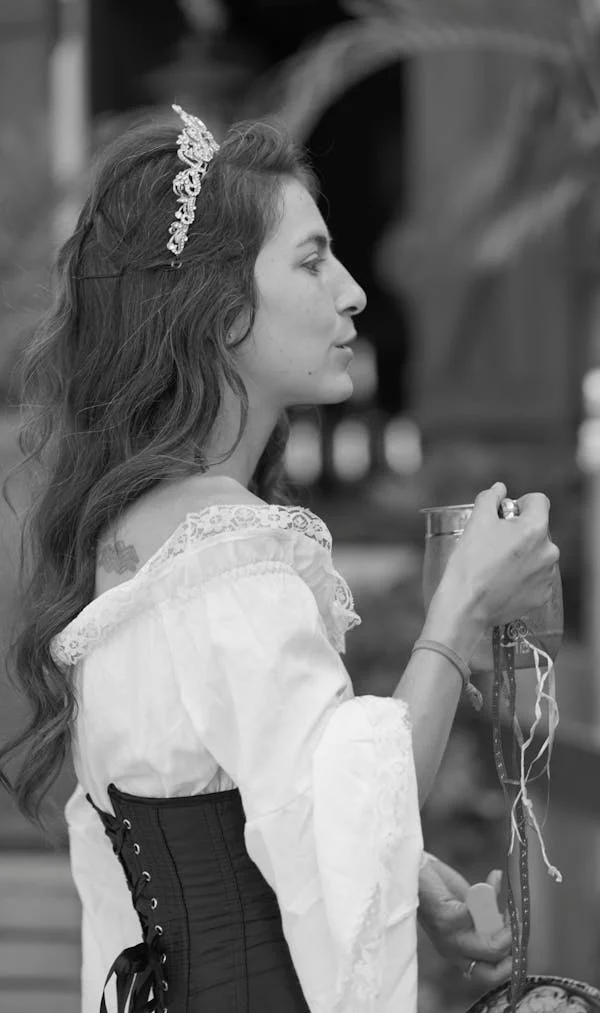
While there were overarching trends in Renaissance fashion, distinct regional variations existed, influenced by local culture and climate.
Italian Renaissance Fashion:
Italian women favored light fabrics due to the warm climate. Their gowns were often more fitted, with decorative embroidery and vibrant colors. The Florentine gown, with its low-cut square neckline and tight sleeves, was particularly popular.
French Renaissance Fashion:
French fashion was more elaborate and emphasized heavy fabrics like velvet and brocade. The French Hood became a defining element of women’s attire in France, as did the richly layered gowns with intricate detailing.
The Renaissance period marked a time of innovation and luxury in women’s fashion. From the use of sumptuous fabrics to the intricate designs of gowns and accessories, fashion was an essential part of expressing wealth, status, and identity. This era’s influence can still be seen in modern fashion, with many of its elements continuing to inspire contemporary designs.

Assalamu Alaikum.. I am Abdur Rahim I have been working in fashion for a long time I am in US and UK and I write about this topic in many places. I have been working and working on this topic for a long time And I am a blogger I have been blogging about fashion for a long time in different places.


